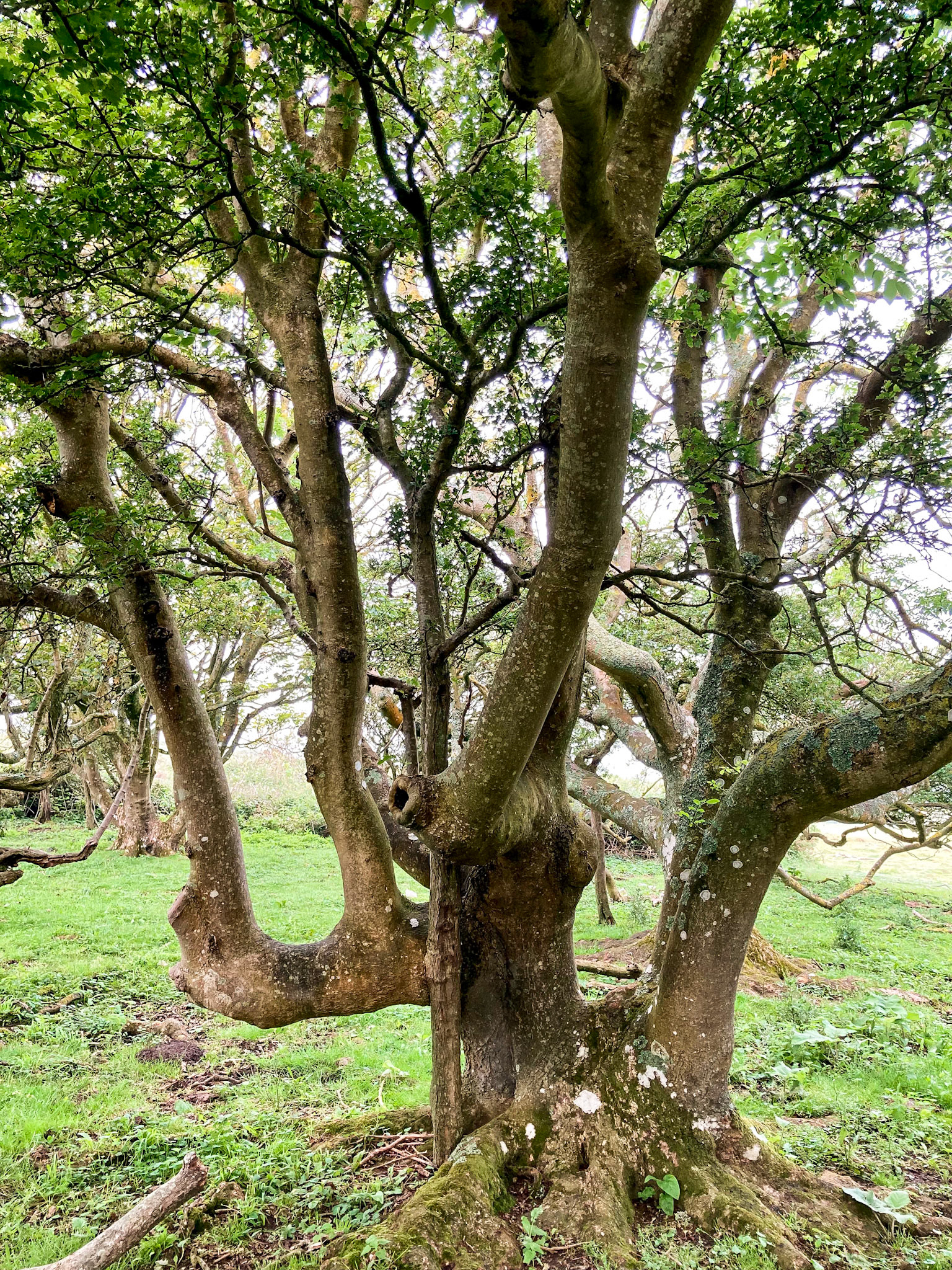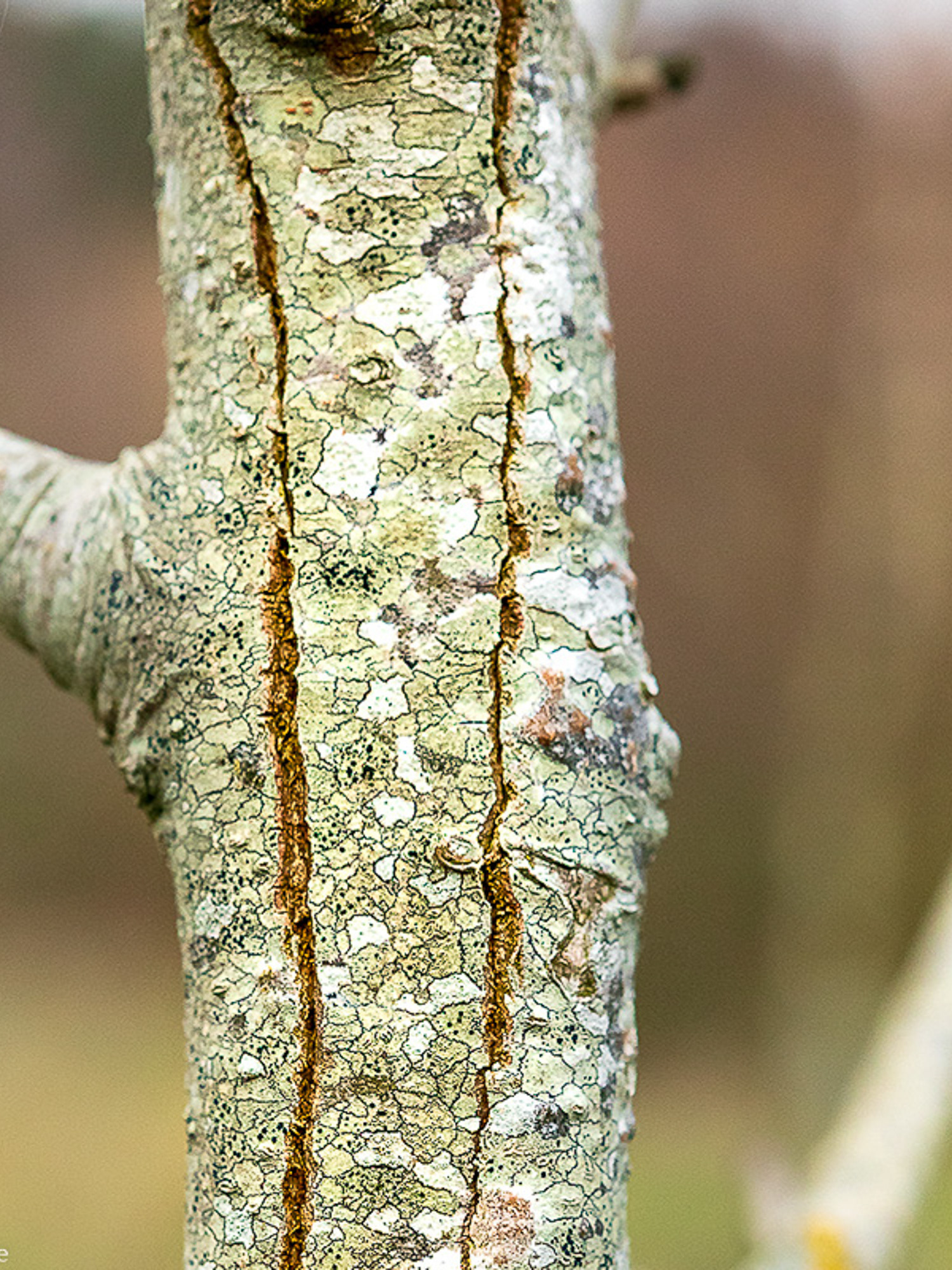Stroud Coppice, Freshwater, West Wight.
My notes:
Stroud Coppice is recorded by the isle of Wight Biodiversity Action Plan (Second Review August 2009) to being ancient semi natural woodland that has survived a continuous history of woodland management for many centuries. Ancient woodlands such as Stroud Coppice, are of great value to us in respect of history, culture, wildlife and of course landscape.
As of July 2023, Stroud Coppice composes of tall ash trees, many of which have been coppiced in the past, my guess being around 60 - 80 years ago. Also to be found are oak, good numbers of field maple and hazel. Elm is also present, though it has succumb to Dutch Elm Disease and only the sucker trees remain. Non native trees include horse chestnut, a number of conifers and Laurel.
Although the name, Stroud Coppice suggests it is a coppiced wood (trees cut on a regular basis to produce timber), the woodland has not been coppiced for many decades, the native ground flora is supressed due to lack of light. However, some species, often identified with ancient woodland have been observed.
Ground ivy covers some of the woodland floor in places which does indicate parts of the wood could be secondary woodland. Though internet research, the earliest known record of Stroud Coppice, Freshwater dates back to the 18th century. It is mentioned in a document titled “Perambulation of the Bounds of the Manor of Freshwater,” which was recorded in 1775. The document describes the boundaries of the manor, and it mentions Stroud Coppice as being an area of open fields.
It is not known exactly when Stroud Coppice was enclosed and planted with trees. However, it is thought to have been in the early 19th century. This is because the first Ordnance Survey map of the area, which was published in 1868, shows Stroud Coppice as being a woodland.
In other areas of the wood Hart's Tongue Fern is the dominant ground layer plant. Given the age of the wood, it is highly likely that the wood has experienced many changes of management over time. There are no public rights of way through the wood, but informal access is currently allowed and there is a path connecting Hooke Close and Longhalves, a public bridleway and most probably an ancient route through Freshwater. On the northern boundary of the wood is the remnants of an earth bank and ditch, which is further indication of the woods antiquity.
On the same line of the ditch a few metres from the wood is a coppiced field maple with girth of over a metre. This tree will be hundreds of years old and is registered on the Ancient Tree Inventory managed by the Woodland Trust (Picture to come)
The wood is owned by Freshwater Parish Council who have the responsibility for management. In recent years some management work has taken place including footpath and drainage work (The wood can get very wet!), assorted tree planting with nest boxes erected on a number of trees. However, at the time of writing management work now seems to have ceased.
In my view all is not well in Stroud Coppice. In my opinion the Ash in the wood is infected (to be confirmed) with Ash dieback disease which now is sadly prevalent in much of West Wight. Once confirmed as infected, management of the woodland will be inevitable and change will come, once again to, this ancient wood.
Draft Management options.
In all options a wildlife survey should be carried out, if not already done so by FPC.
1. Do nothing option.
Pros:
• Standing trees - high forest – benefit to some wildlife.
• Limited land disturbance,
• Limited tree disturbance/wildlife disturbance.
• A do-nothing policy may cost less.
Cons:
• May need to close public access to wood due to danger of falling trees.
• Trees falling over – in uncontrolled way.
• Limited light reaching ground flora.
2. Limited Management option
Pros:
• Ash tree felling (coppicing) around public access points.
• Ash trees felled overhanging Hooke Close.
• Ride clearance.
• Limited land disturbance.
• Light reaches parts of woodland floor –potential increase in ground flora.
• Oak trees will benefit from increased light.
• Possible tree/shrub planting.
• Grant aid may be possible.
Cons
• Tall ash trees remaining in wood may be susceptible to will blow.
• Remaining tall ash trees in wood may pose a danger to public.
• Felling (coppicing) will bring landscape change which may cause public concern.
• Cost and management of woodland work.
3. Full management option
Pros: As 2 above plus:
• Majority of the tall ash coppiced over 2 – 4-year period.
• Threat to public reduced from falling ash trees.
• More opportunity to engage the public in the wood
• Coppicing of ash and some hazel will bring diversity to the woodland.
Cons
• Land disturbance across the wood.
• Wildlife disturbance.
• Cost and management of woodland work.
• Landscape change – a coppiced wood will look very different, at least in the first few years.
There is currently a small amount dumping of garden waste that needs to be stopped as this can cause the spread of pests and diseases and can also introduce unwanted plants into the woodland.
• Land disturbance across the wood.
• Wildlife disturbance.
• Cost and management of woodland work.
• Landscape change – a coppiced wood will look very different, at least in the first few years.
There is currently a small amount dumping of garden waste that needs to be stopped as this can cause the spread of pests and diseases and can also introduce unwanted plants into the woodland.
The active management of woodlands can be time heavy so it may be worthwhile approaching other organisations can help with this work in partnership with the FPC
With a proactive management plan in place there is potential to research the history of the wood and encourage more community engagement, this could include art, countryside skills and natural history.
Pete Johnstone
January 2024
References
What is Ancient woodland?
‘Ancient woodland in England is defined as an area that has been wooded continuously since at least 1600 AD. Ancient woodland is divided into ancient semi-natural woodland and plantations on ancient woodland sites.
Both types of stand are classified as ancient woods.’ The trees and shrubs in ancient woodlands may have been felled or cut for coppice at various times since 1600, but as long as the area remained as woodland i.e. the coppice stools were re-grown or the stand has been replaced soon after felling, then it still counts as ancient woodland. Because it may have been cut over many times in the past, ancient woodland does not necessarily contain old trees.
Ref: A Revision of the Isle of Wight Ancient Woodland Inventory, May 2014. Forestry Commission, England.
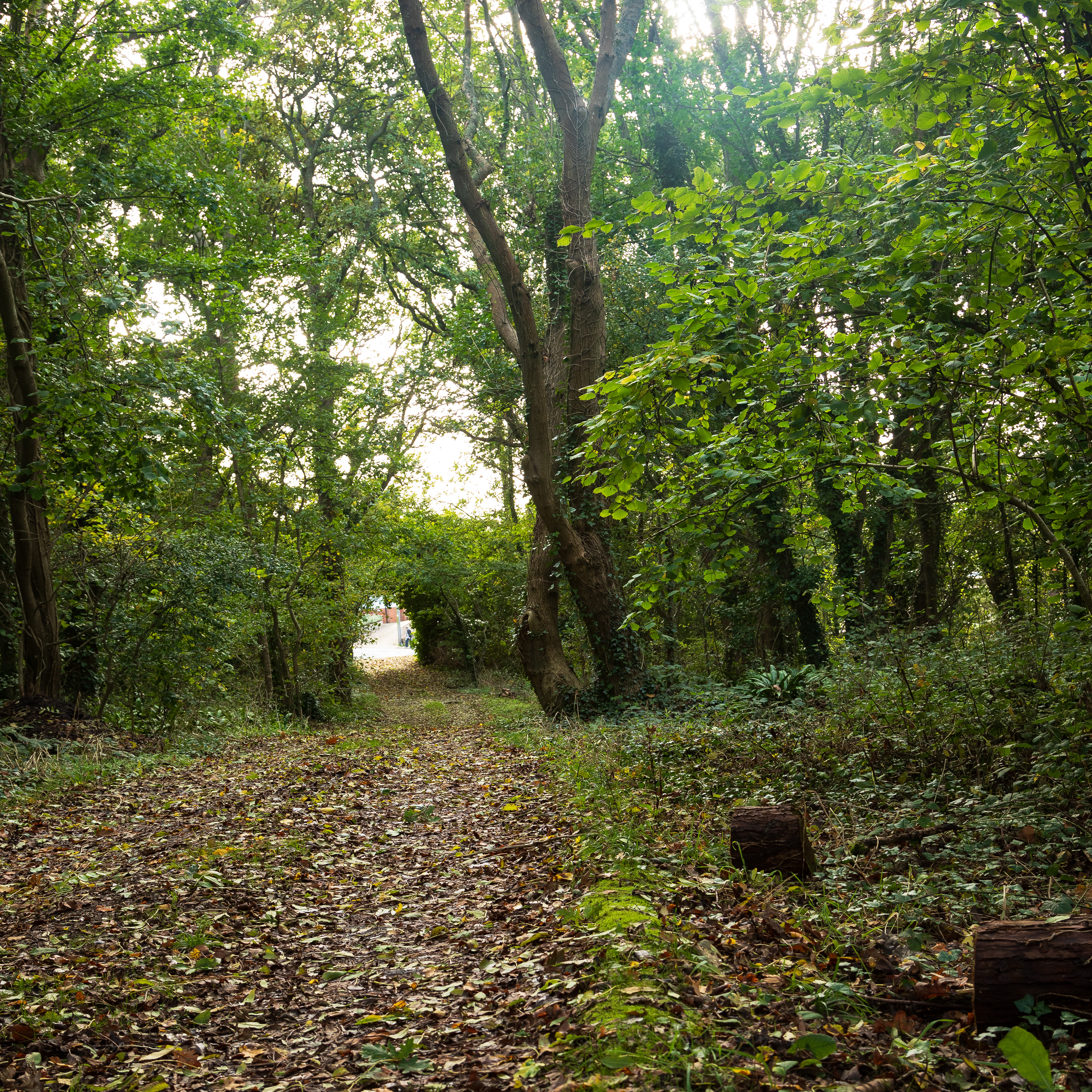
Main track looking towards Hooke Close (October 2017)
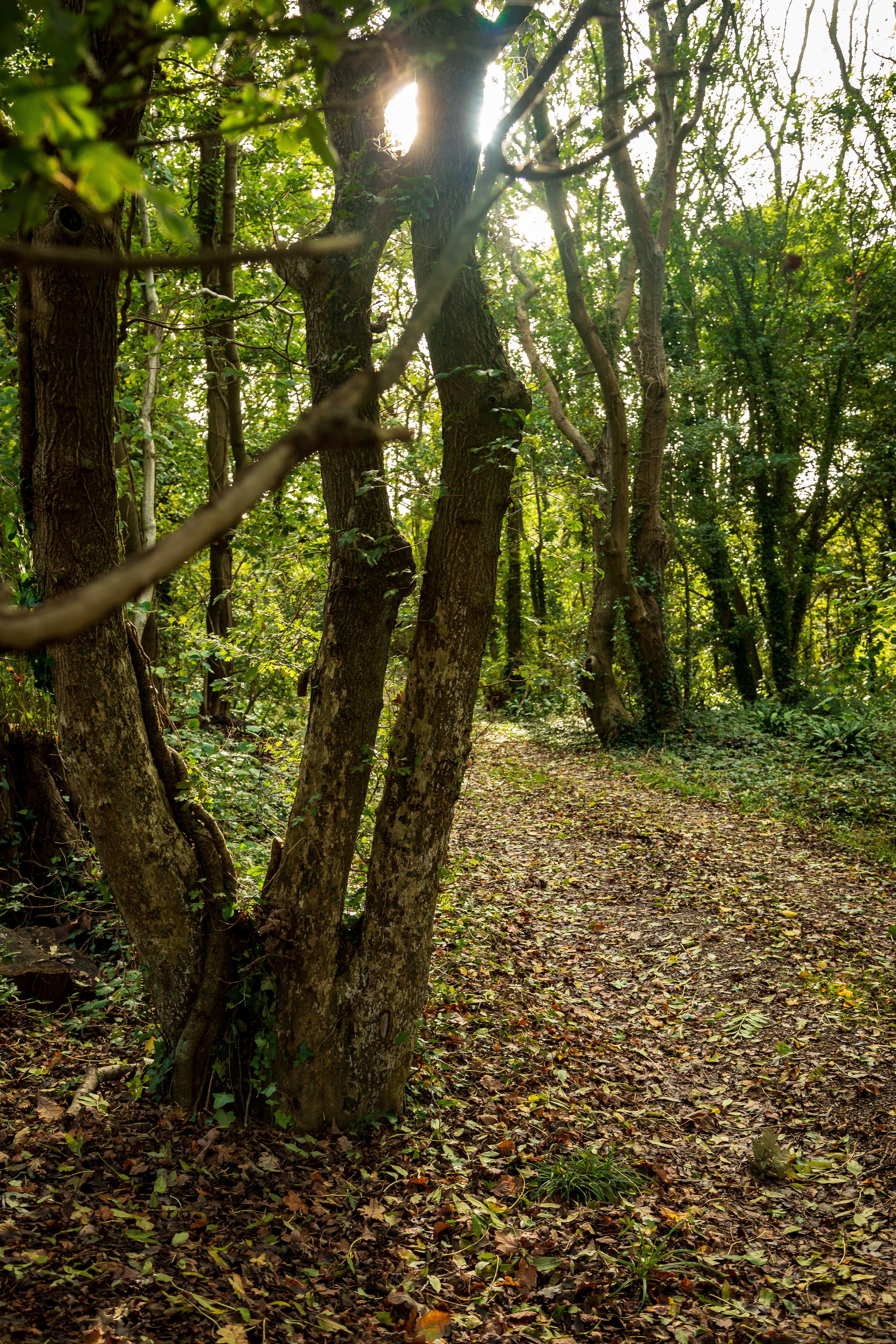
Field Maple and main track (October 2017)
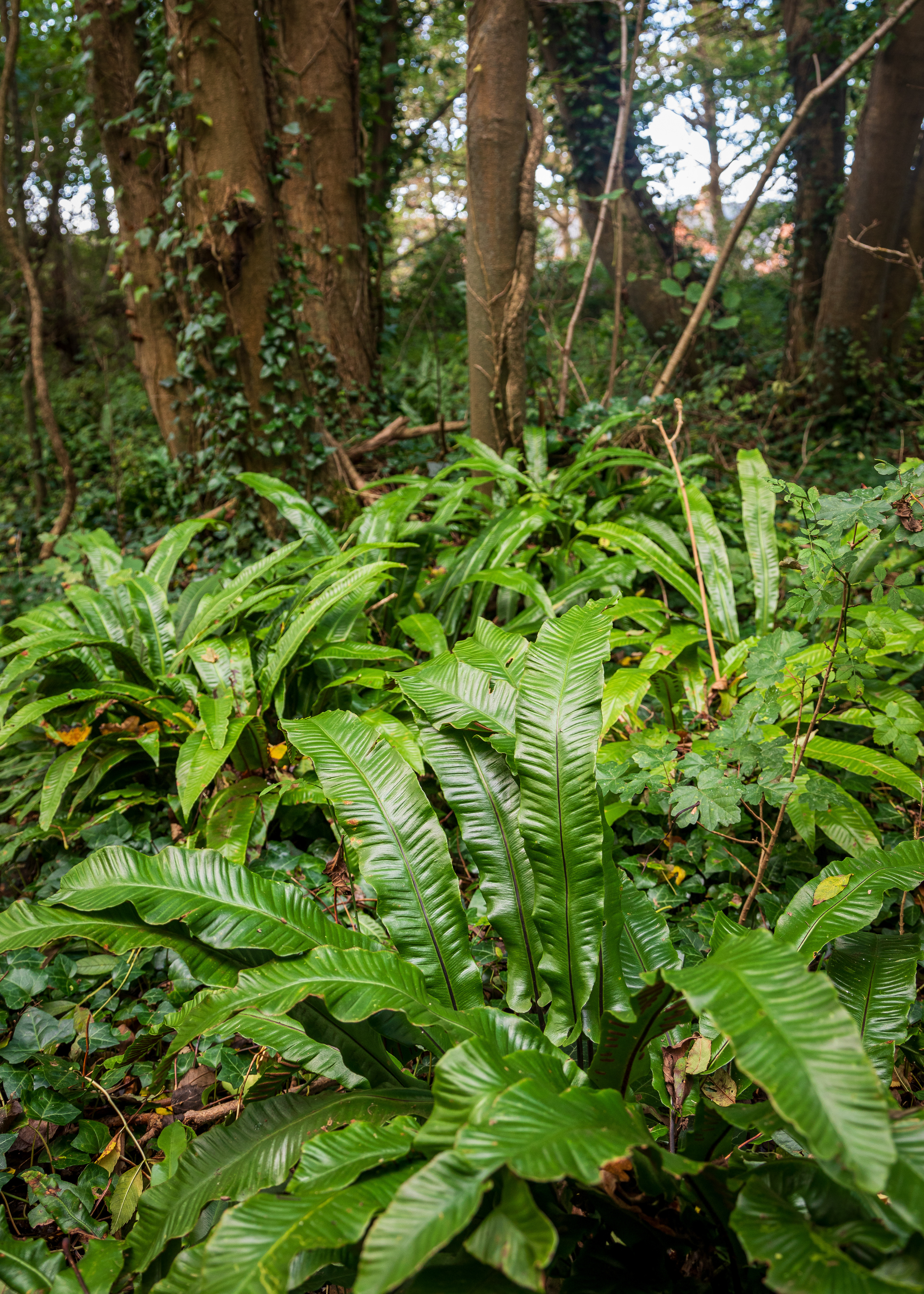
Hart's Tongue Fern (October 2017)
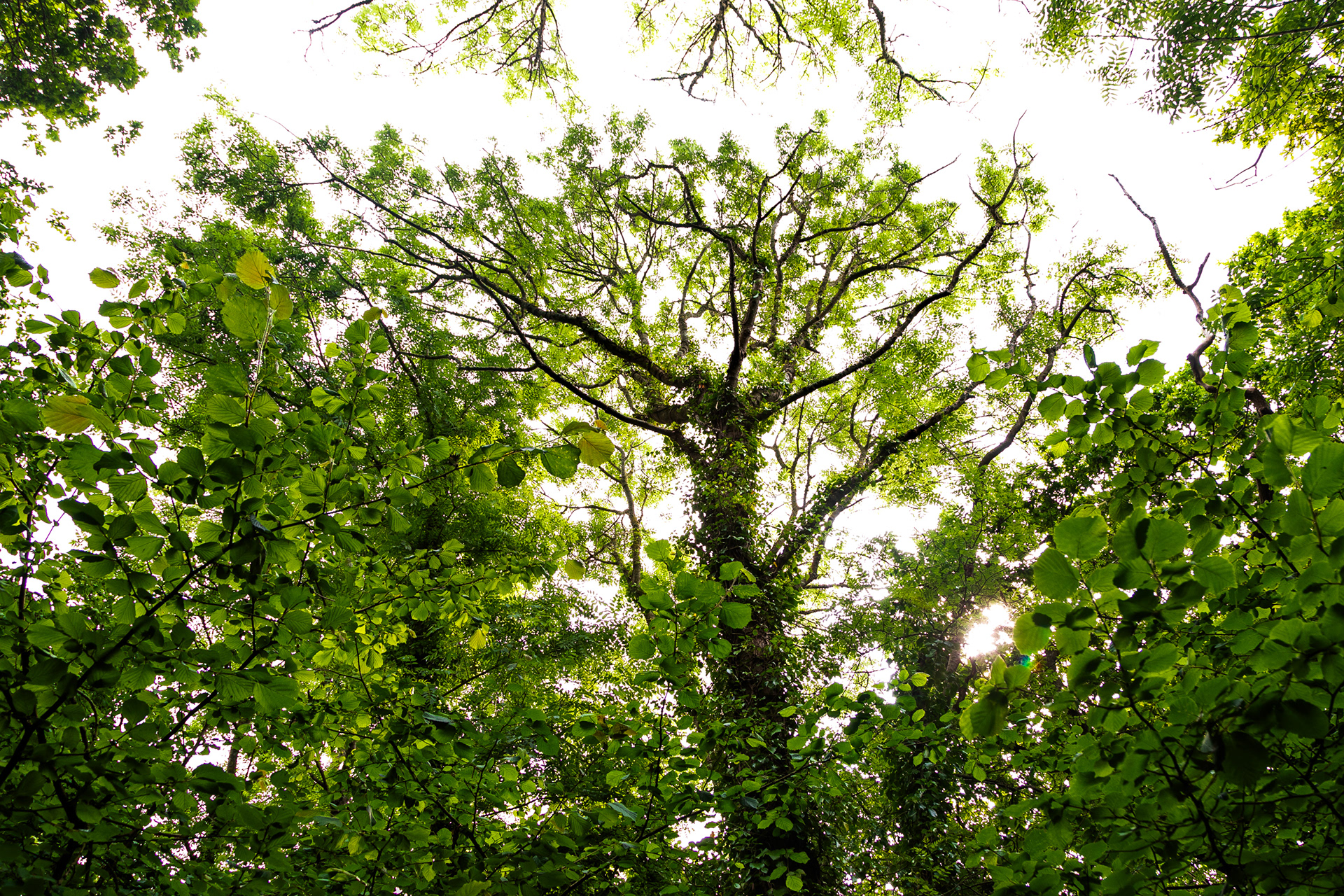
Ash showing signs of ash dieback in the tops of the tree (July 2023)
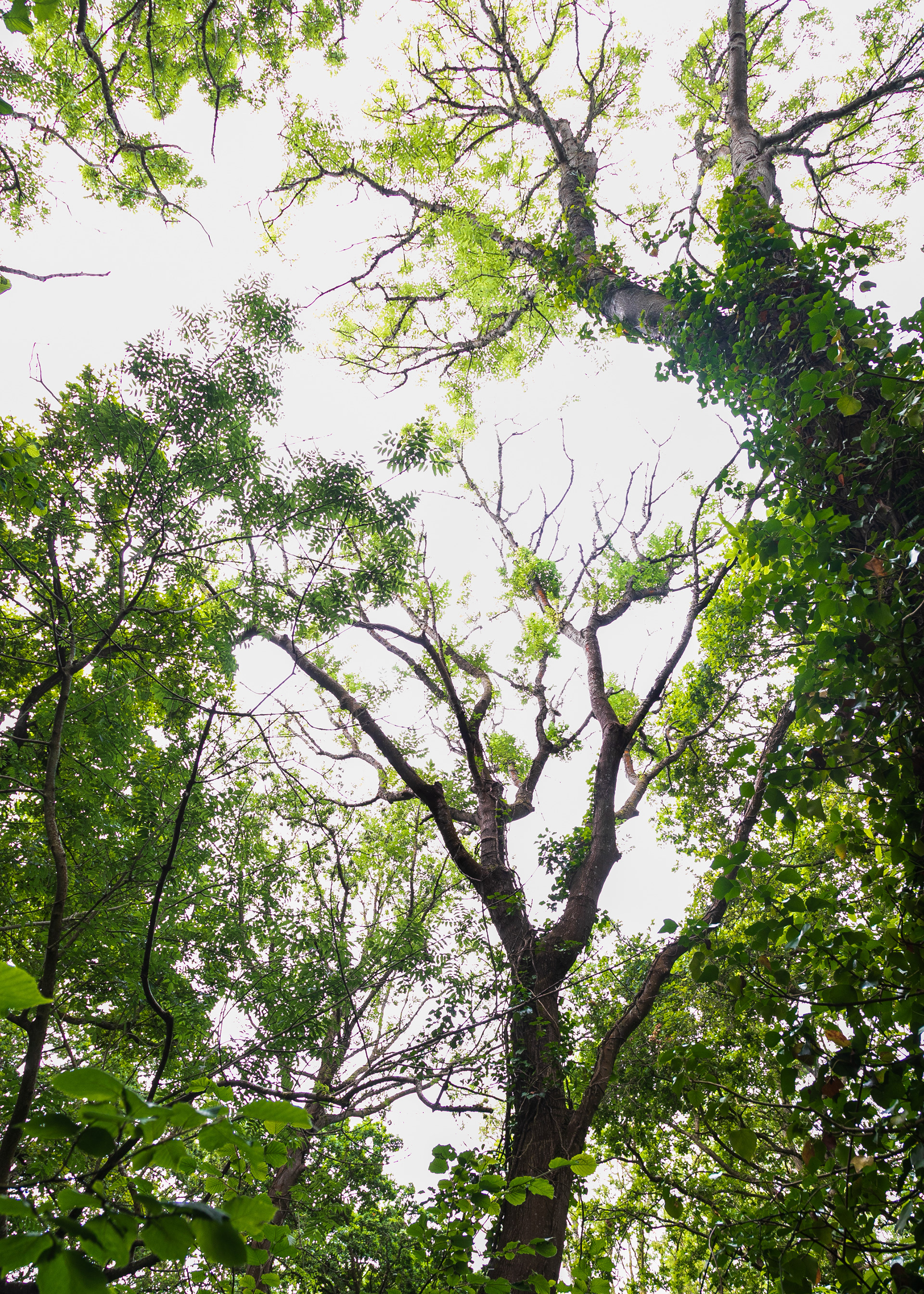
Ash showing signs of ash dieback

Hazel shrub layer.
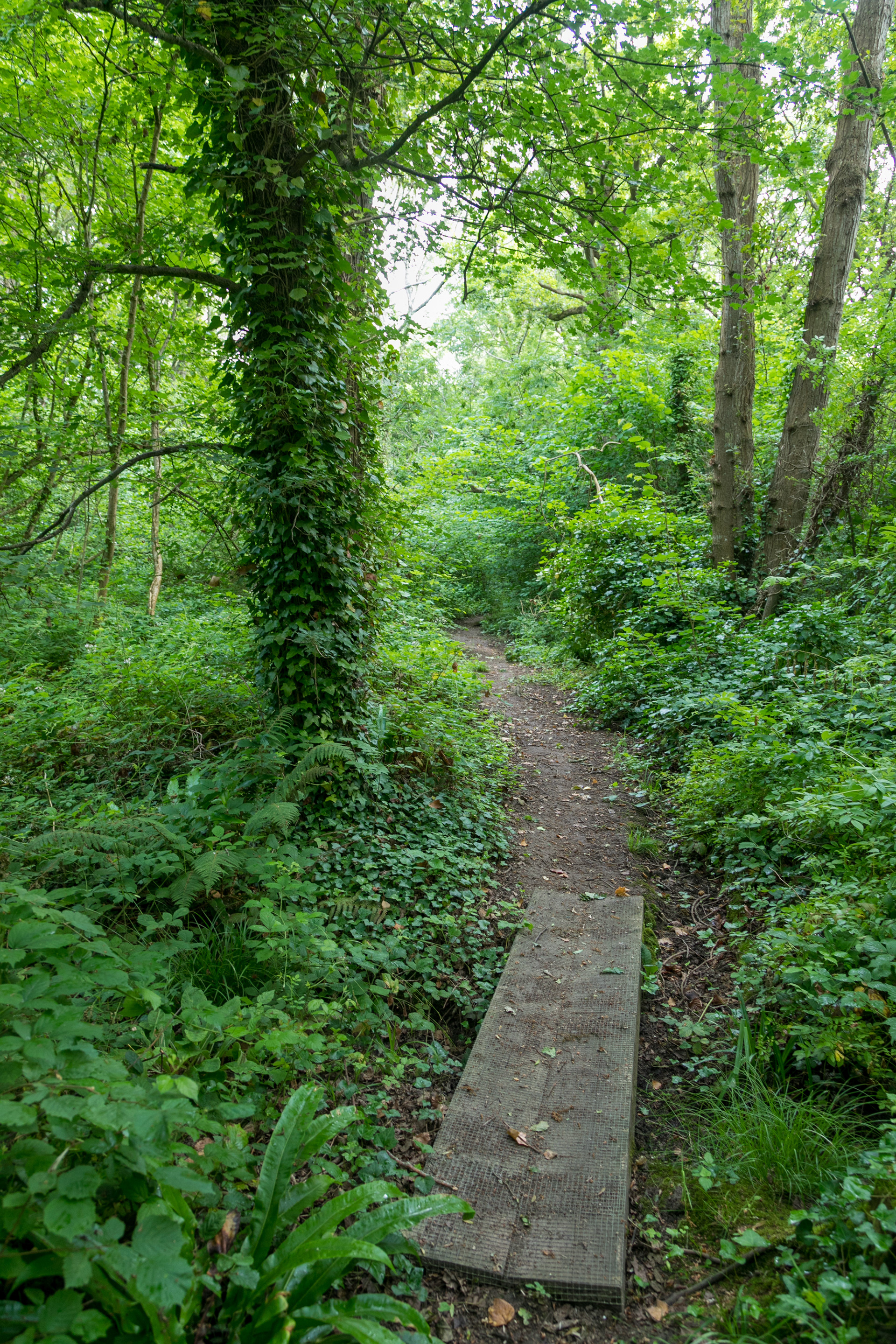
The path running through the wood


Field Maple.

Entrance sign

Stroud Coppice from Hooke Close.


